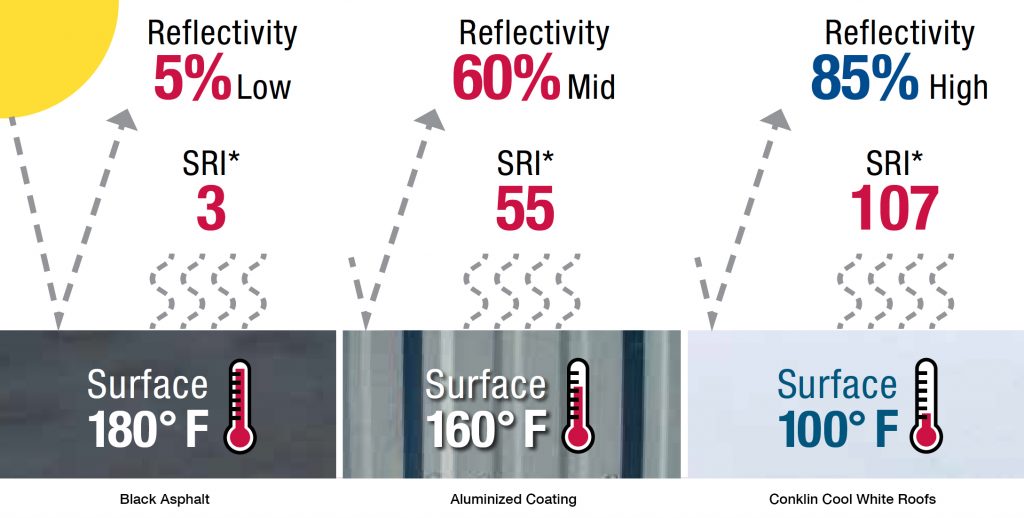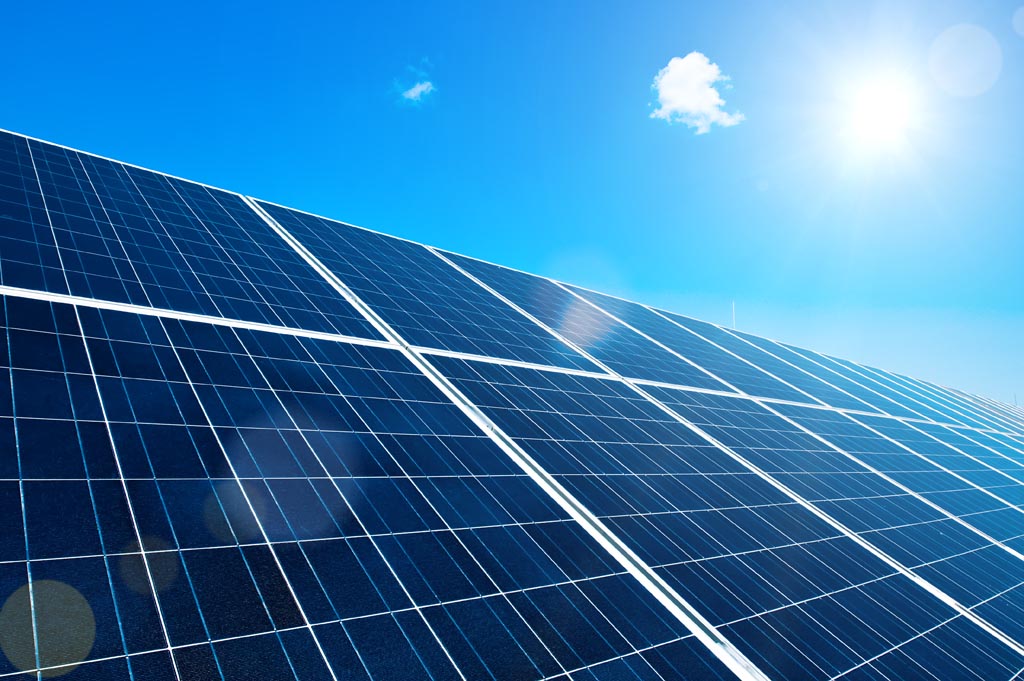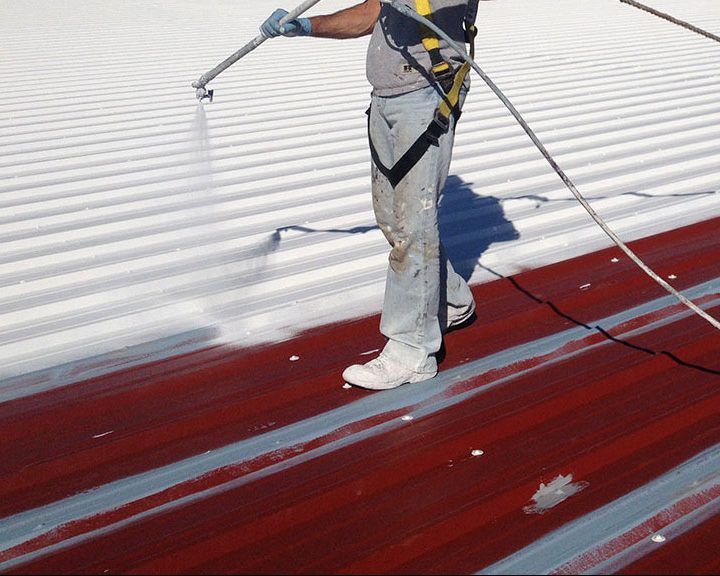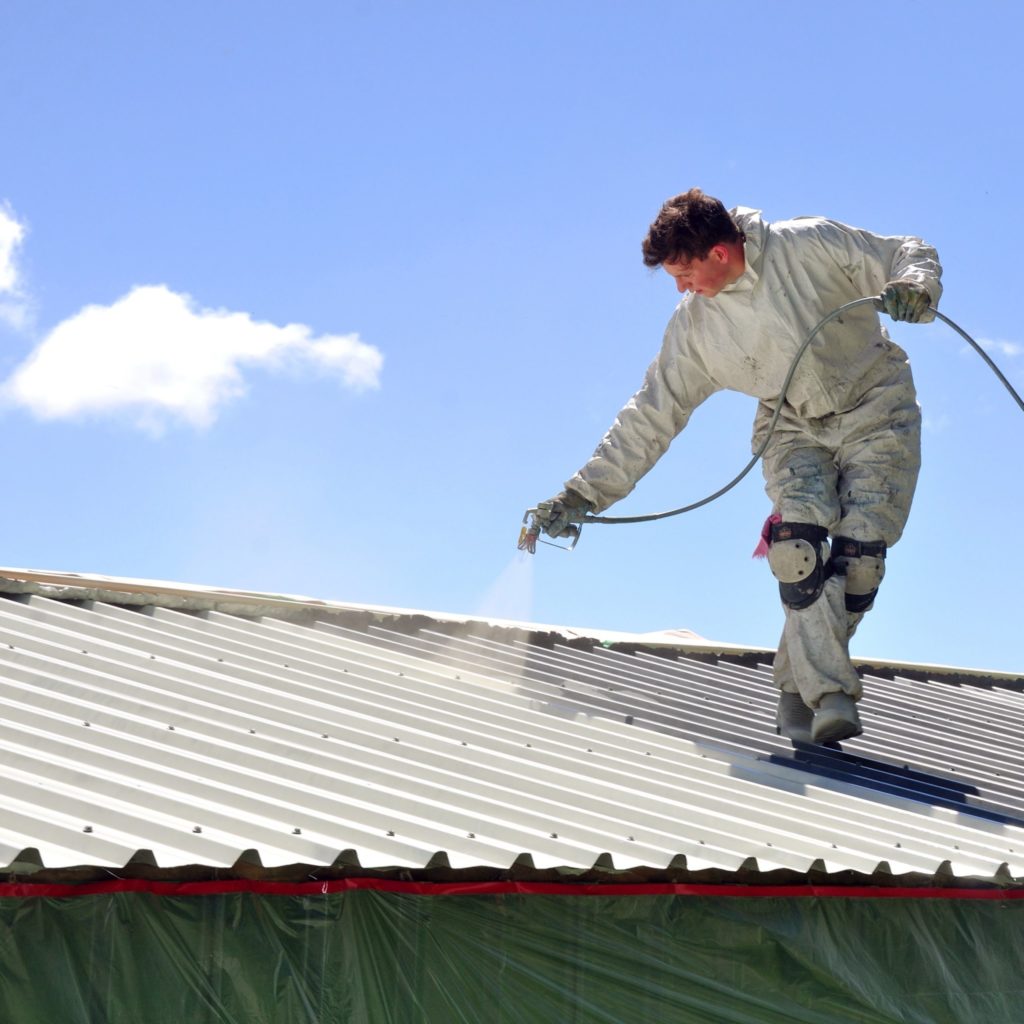What is a Flat Roof Replacement
Flat roof replacement involves removing the existing flat roof and installing a new roofing system. This process is undertaken for various reasons, including addressing damage, leaks, or reaching the end of the roof’s lifespan.
A flat roof replacement refers to the process of removing and replacing the existing flat roof on a building with a new roofing system. Flat roofs are common in commercial buildings, industrial facilities, and some residential structures. Over time, flat roofs can experience wear and tear due to exposure to weather elements, UV radiation, and other factors, leading to leaks, damage, or deterioration.
The process of flat roof replacement typically involves several steps:
Inspection: A thorough inspection of the existing flat roof is conducted to assess its condition, identify any damage, and determine the overall need for replacement.
Removal of Existing Roofing Material: The old roofing material, such as built-up roofing (BUR), modified bitumen, single-ply membrane, or other flat roofing systems, is removed. This may also involve removing insulation and other underlying layers.
Surface Preparation: The roof deck is inspected and prepared for the installation of the new roofing system. Any repairs to the substrate are typically made at this stage.
Installation of New Roofing System: A new roofing system is installed, and this can vary depending on the specific requirements and preferences. Common flat roofing systems include single-ply membranes (TPO, PVC, EPDM), built-up roofing (BUR), modified bitumen, and spray-applied coatings.
Insulation Installation: Depending on the design and energy efficiency goals, insulation layers may be added during the replacement to enhance thermal performance.
Flashing and Edging Installation: Flashing and edging materials are installed to ensure a watertight seal around roof penetrations, edges, and other vulnerable areas.
Final Inspection: Once the new flat roof is installed, a final inspection is conducted to ensure that the installation meets industry standards and local building codes.
Flat roof replacements are necessary when repairs are no longer sufficient to address the roofing issues or when the existing roof has reached the end of its lifespan. The choice of roofing material for the replacement depends on factors such as budget, climate, building use, and specific performance requirements. Professional roofing contractors are typically hired to carry out flat roof replacements due to the technical nature of the work.
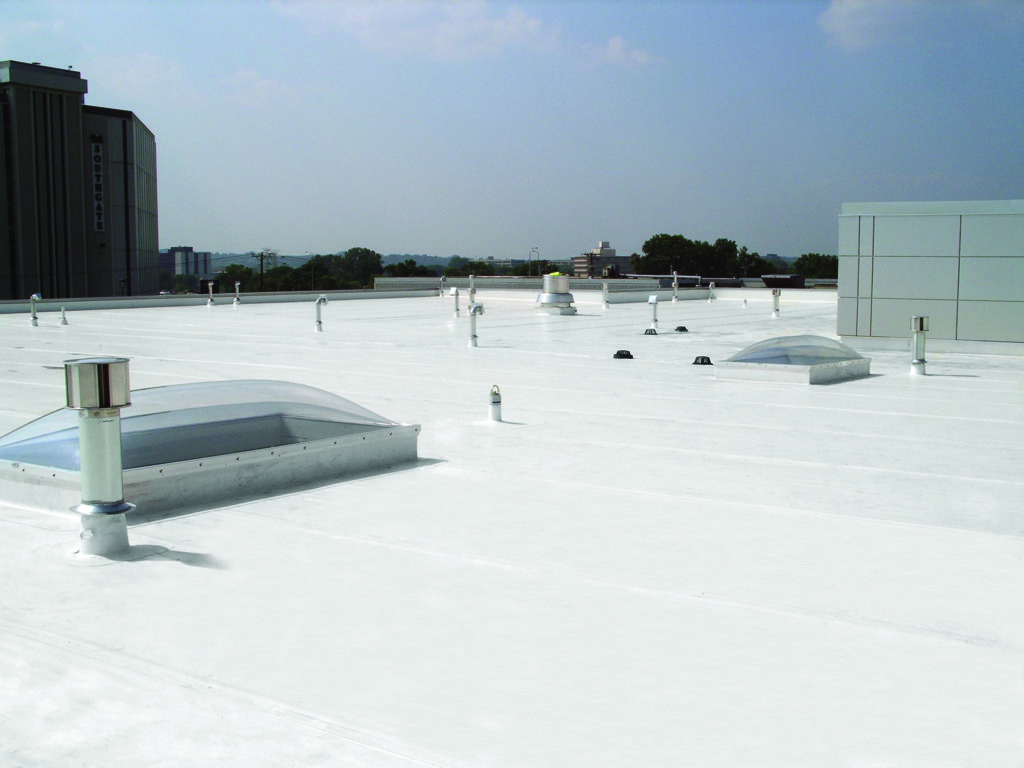
Our Flat Roof Replacement Services
- Roof replacement
- Flat roof repair
- Metal roof repair
- Flat roof coatings
- Metal roof coatings
- Metal & flat roof restoration
- Roof inspection & maintenance
- Single-ply roofing
- Spray foam roofing

When considering roof replacement solutions, it’s beneficial to explore options that not only address the primary need for a new roof but also come with added benefits. Here are some roof replacement solutions with added advantages:
Cool Roof Systems:
- Benefit: Improved Energy Efficiency
- Description: Cool roof systems are designed to reflect more sunlight and absorb less heat than traditional roofing materials. This can lead to lower energy bills by reducing the need for air conditioning and enhancing overall energy efficiency.
Solar Roofing:
- Benefit: Renewable Energy Generation
- Description: Solar roofing integrates photovoltaic cells into the roofing material, allowing the roof to generate electricity from sunlight. This environmentally friendly solution can offset energy costs and contribute to a more sustainable building.
Metal Roofing:
- Benefit: Longevity and Durability
- Description: Metal roofing is known for its durability and longevity. It can withstand harsh weather conditions, is resistant to fire, and requires minimal maintenance. Additionally, metal roofs are recyclable at the end of their lifespan, adding to their environmental appeal.
Roof Coatings:
- Benefit: Enhanced Durability and Energy Efficiency
- Description: Roof coatings, such as elastomeric coatings, can be applied to existing roofs or as part of a new roof system. They provide additional protection against UV rays, water damage, and extreme weather. Some coatings also have reflective properties, contributing to energy efficiency.
Impact-Resistant Roofing Materials:
- Benefit: Protection Against Hail and Impact Damage
- Description: In areas prone to severe weather, impact-resistant roofing materials, such as impact-resistant shingles or modified bitumen, provide added protection against hail and other impacts, reducing the risk of damage.
Insulated Roofing Systems:
- Benefit: Improved Thermal Performance
- Description: Insulated roofing systems include layers of insulation to enhance thermal performance. This can lead to energy savings, improved comfort inside the building, and compliance with energy codes.
Warranty and Maintenance Packages:
- Benefit: Long-Term Peace of Mind
- Description: Some roofing contractors offer comprehensive warranty packages and maintenance plans. These can provide peace of mind by covering potential issues and ensuring the roof’s long-term performance.
Before deciding on a specific roof replacement solution, it’s essential to consult with roofing professionals to assess the building’s needs, budget constraints, and environmental considerations. Choosing a solution with added benefits can contribute to long-term value and sustainability.
